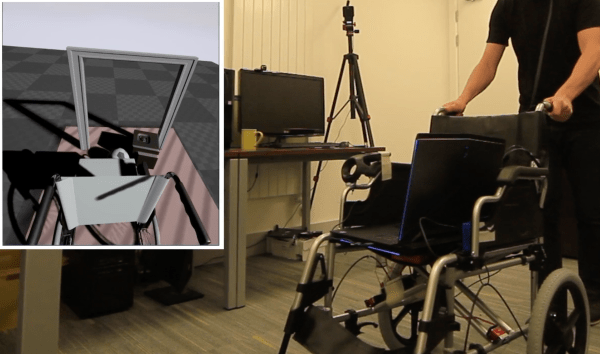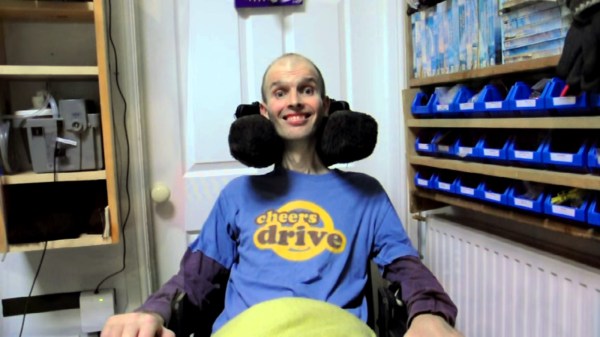If you take a walk across the centre of your city, you will find it to be a straightforward experience with few inconveniences. The occasional hold-up at a pedestrian crossing perhaps, or maybe a crowd of people in a busy shopping area. If however you take the same walk in the company of a wheelchair user you are likely to encounter an entirely different experience. The streets become a nightmare of obstacles to avoid and inaccessible areas requiring a detour, and suddenly what had been a pleasurable experience becomes a significant effort. Despite building and planning code updates to improve the situation, and millions of dollars invested in ramps, lifts, and other improvements, there remain so many problems to be addressed. Meanwhile legislators and the general public imagine that something has been done, the accessibility box has been ticked, and they can move on to the next thing that captures their attention.
The paralympian athlete [Tatyana McFadden] is an ambassador for the Toyota Mobility Foundation’s Mobility Unlimited Challenge, a global competition with the aim of improving mobility for people with disabilities. She’s written a piece introducing the challenge from her informed point of view as a wheelchair user, and makes the point that the basic design of a chair has not significantly changed since the 1930s. Her sentence: “There may be more hype around Bitcoin, but innovators could have far more impact if they turned their attention to how they can make the freedom to move available to all.” is one to make those of us with an interest in technology stop and think. To introduce the challenge they’ve released a glossy video, and we’ve placed it below the break.
As part of this year’s Hackaday Prize, we had an Assistive Technologies section that attracted some fantastic entries. That demonstrates that our community has plenty of people with the required skills, experience, and ideas to make a difference, and we hope that some of them might be among the entries for the Mobility Unlimited competition. If it excites your interest, we’d like to urge you to give it a second look.
A word of warning though – take care to avoid the Engineer Saviour Trap.
Continue reading “Introducing The Mobility Unlimited Challenge”








 Originally conceived as a sport wheelchair, it has now evolved to answer different needs, due to feedback from the users and the community involved in the project. [Alessio] designed the project to be built from materials and resources easily available to any DIY maker at today’s Fab Labs and Makerspaces. The team have provided a detailed BOM to help procure all the required materials, instruction manual and drawings for assembly, and all the CAD files with customization instructions. Already, teams in Ecuador, India and Italy have replicated and built their own version of the TooWheel wheelchair. This confirms that the project is well documented and allows anyone around the world to download the plans and follow instructions to build their own wheelchair.
Originally conceived as a sport wheelchair, it has now evolved to answer different needs, due to feedback from the users and the community involved in the project. [Alessio] designed the project to be built from materials and resources easily available to any DIY maker at today’s Fab Labs and Makerspaces. The team have provided a detailed BOM to help procure all the required materials, instruction manual and drawings for assembly, and all the CAD files with customization instructions. Already, teams in Ecuador, India and Italy have replicated and built their own version of the TooWheel wheelchair. This confirms that the project is well documented and allows anyone around the world to download the plans and follow instructions to build their own wheelchair.













